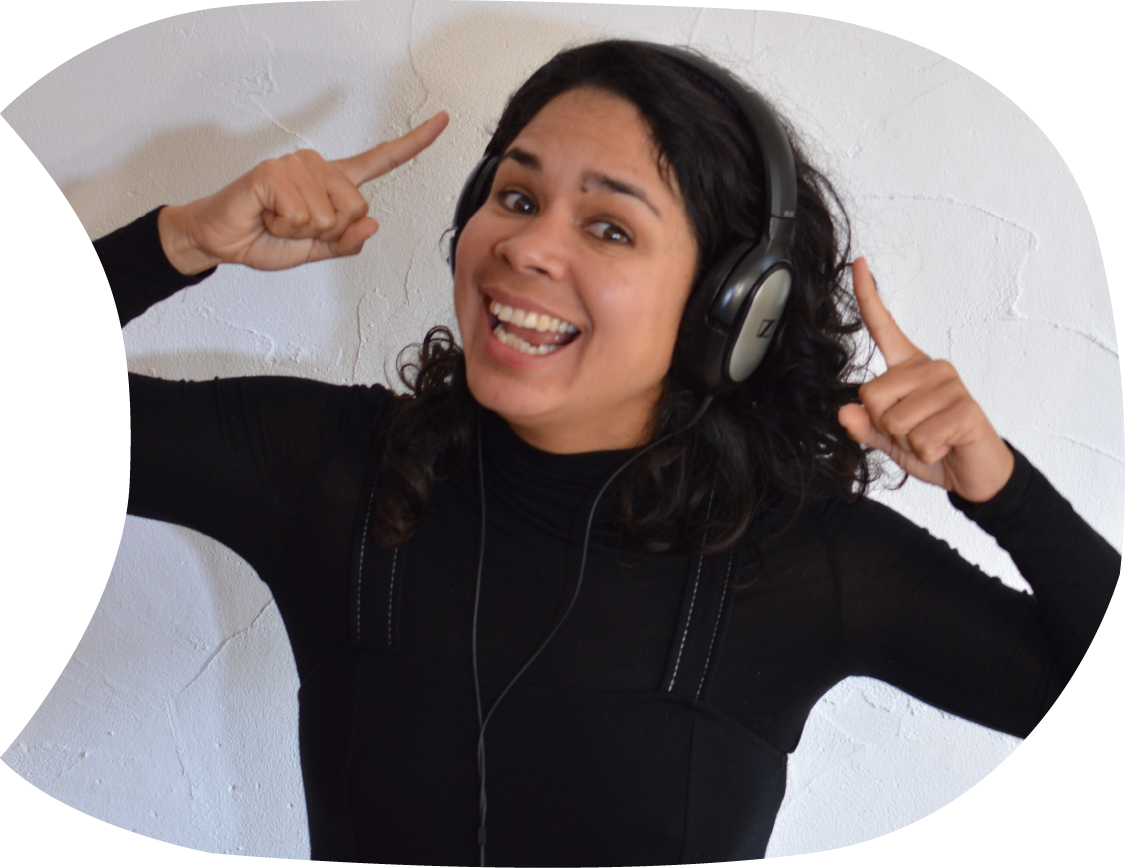
How to Roll Your Spanish 'R's
Hey there! If you're learning Spanish, you've probably heard a lot about the dreaded "r" and "rr" sounds. People often make a big deal out of these, saying things like you need to be "born for the trill," which is just nonsense. Don't let this scare you. With the right approach, you can totally nail these sounds. In this article, we’ll dive into some fun and practical ways to get comfortable with the Spanish "r" and "rr." We'll also check out how English and Spanish phonetics are similar, making it easier to bridge the gap. Plus, I’ll throw in some cool tongue twisters that you’re going to love!
Chill Out About the "R" and "RR"
First off, let's take a deep breath. The Spanish "r" and "rr" sound tricky, but they're not impossible. Many people stress over these sounds, but trust me, with some practice, you'll get there. The idea that you need some special talent to trill your "r" is just a myth. Anyone can learn it with the right techniques and a bit of patience.
Get to Know the Sounds
The single "r" in Spanish is a tap, kind of like the quick "d" in "ladder" or the "t" sound in "let it be." The double "rr" is a rolled sound where your tongue vibrates against the roof of your mouth. Sounds fun, right? Let's break down how to master these.
Tips and Tricks to Get You Rolling
- Listen Up
Start with listening drills. Find Spanish songs, podcasts, or even YouTube videos and just listen. Pay attention to how native speakers use the "r" and "rr." The more you hear it, the more natural it will start to feel. - Sing Along to Children's Songs
Children's songs are awesome because they’re repetitive and catchy. Find some Spanish kids' songs and sing along. They’re designed to be easy to remember and will help you get the sounds right. - Try Some Tongue Twisters
Tongue twisters are a great way to practice. They might be tricky at first, but they’re super effective. Here are a few to get you started:
Single “r” | Recording |
Tres tristes tigres tragan trigo en un trigal | |
El cloro no aclara la cara del loro con aro de oro, claro que el cloro aclara el aro de oro en la cara del loro. |
Double “rr” | Recording |
Erre con erre cigarro, erre con erre barril. Rápido corren los carros, cargados de azúcar del ferrocarril | |
Había un perro debajo de un carro, vino otro perro y le mordió el rabo |
Step-by-Step Guide to Perfecting Your "R" Sounds
Single "R" (Tap)
- Relax your tongue: Keep it loose and near the front of your mouth.
- Light tap: Quickly tap the tip of your tongue against the roof of your mouth. Think of it like a soft "d."
Double "RR" (Trill)
- Position your tongue: Place the tip of your tongue near the roof of your mouth, right behind your upper front teeth.
- Airflow: Blow air over your tongue so it vibrates. Start with a gentle breath and gradually increase the pressure until you get the trill.
- Practice: Keep practicing by starting slowly and then picking up the pace.
If you haven't had enough of this, here are a couple more tongue twisters for you to try:
Tongue twister | Recording |
Erre con Erre guitarra, Erre con Erre barril. Qué rápido ruedan las ruedas del ferrocarril | |
En el carro de Ramón ruedan rápido las ruedas |
Learning the Spanish 'r' and 'rr' is all about practice and having fun with it. Don’t let the pressure get to you. Focus on listening, practice with tongue twisters, sing along to songs, and remember the phonetic tips. I strongly recommend focusing first on listening to the tongue twisters and trying to copy them as much as possible. Use the written form of the tongue twister as a later reference. You’ll get it down before you know it. So relax, enjoy the process, and happy learning!

